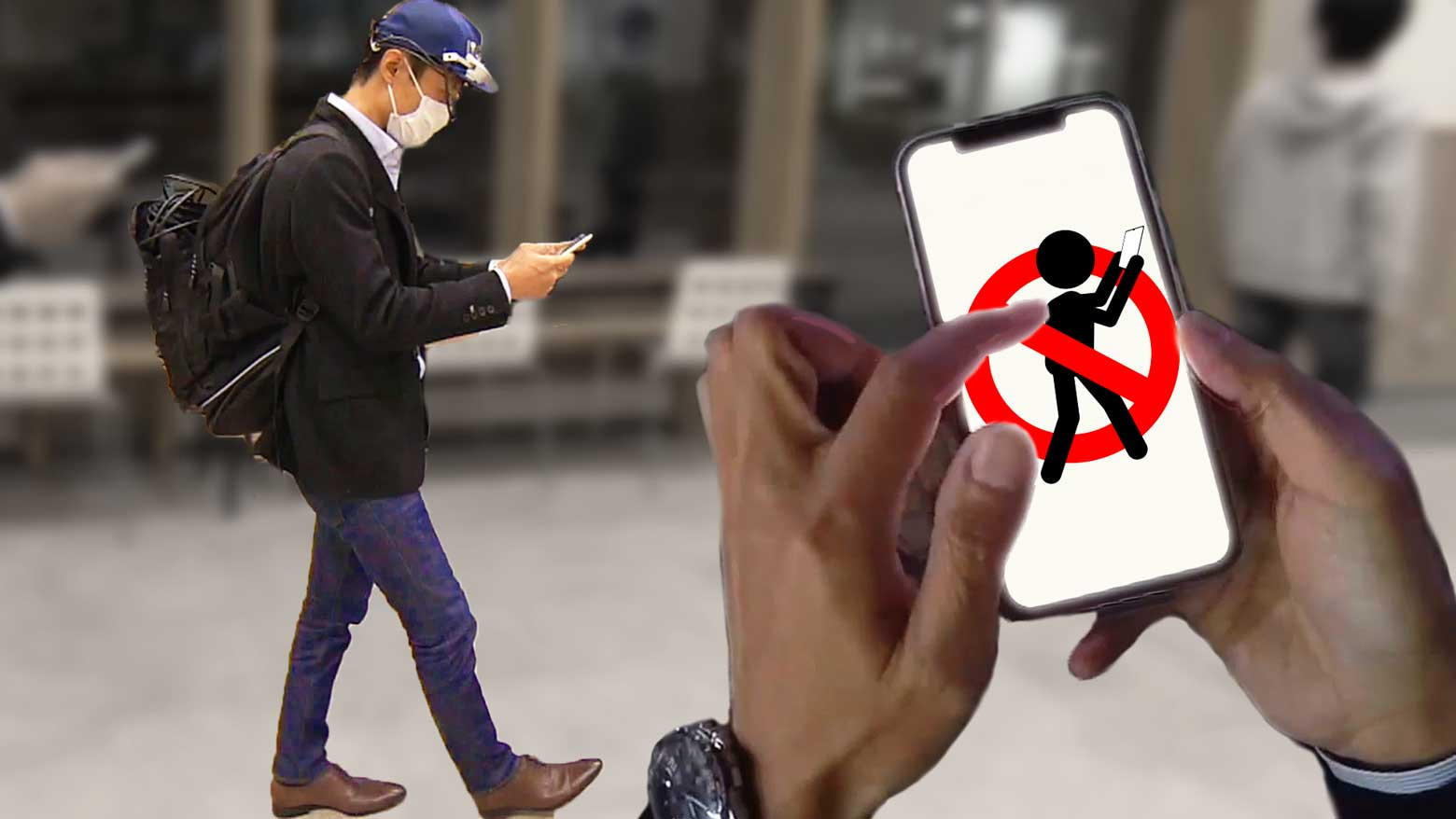On an evening in July, a 31-year-old woman who was looking at her smartphone walked out onto a railroad crossing in Tokyo and stopped.
Security camera footage shows the woman still staring at the screen even after the safety barriers come down and a siren announces an oncoming train.
She was killed on the spot.
Police who reviewed security camera footage speculate that the woman knew a train was coming but assumed she had reached safety.
Watch Video 00:24
Professor Emeritus Kozuka Kazuhiro of Aichi University of Technology, who has spent more than a decade researching how mobile phone usage affects people's vision, says that's quite possible.
Kozuka uses an eye tracking device to see how walking with a smartphone affects the user's eye movements.
His research indicates that a person's focal area in their field of vision shrinks by 95 percent when they're looking at a device.
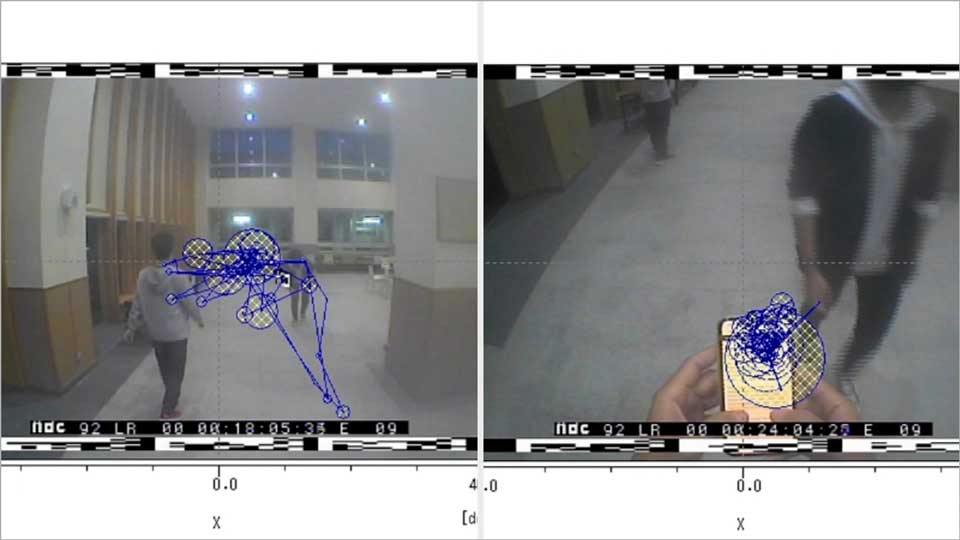
Kozuka says even if an object is in your field of vision, your brain won't necessarily perceive it unless your eyes focus on it. He says this might lead people to mistakenly believe they are seeing their surroundings.
Brain blocks out other information
It's not just vision that's affected. The woman is believed to have failed to pick up on audio cues that she was in danger.
Professor Edagawa Yoshikuni of Waseda University is an expert on brain function. He says smartphones are designed to catch our attention and the woman might have been so engrossed in the screen that her brain blocked out other information.
Edagawa says the human brain is not built to handle multiple pieces of information simultaneously. Instead, it focuses on just one.
Our eyes or ears might receive other signals but our brains cannot necessarily understand what they mean.
The investigation into the accident found that the woman walked across the tracks at the same spot every day. Edagawa says her familiarity with the environment may have given her a false sense of safety.
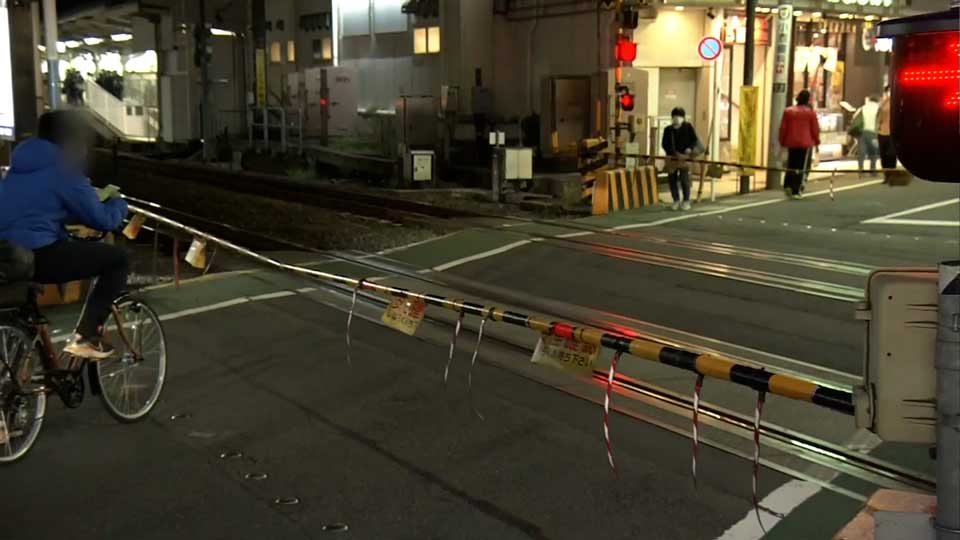
Smartphone accidents cases rise
The Tokyo Fire Department says ambulances were called 196 times in the capital between 2016 and 2020 for accidents involving people walking or cycling while looking at their smartphones. The victims spanned all age groups.
These incidents have sparked calls to ban the use of smartphones while walking.
The city of Yamato, Kanagawa Prefecture introduced just such a ban in 2020. Though it was an ordinance without penalties attached, it appears to have had some success.
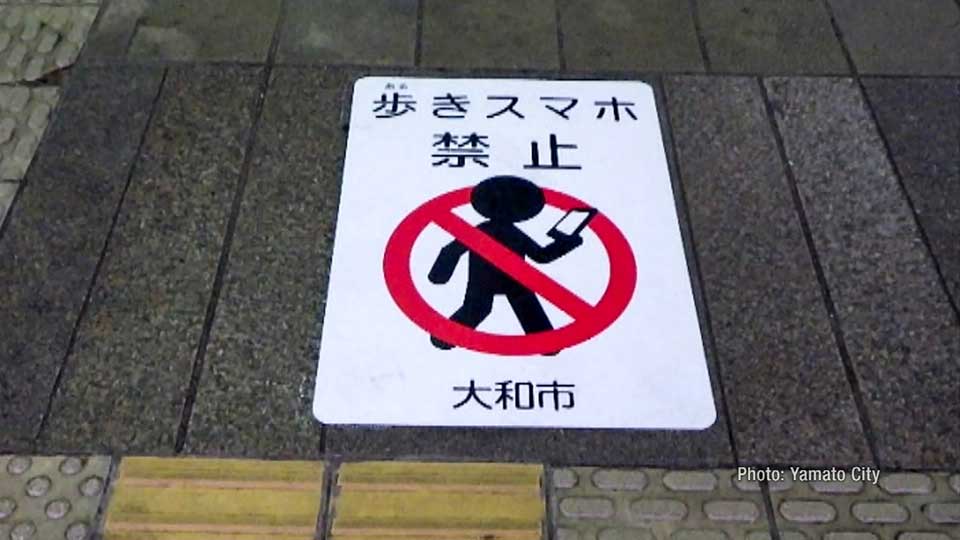
A survey by city officials shows that about 12% of people used their phones while walking around the station in January 2020. That percentage had dropped to 7% after the ordinance has taken effect.
Tokyo's Adachi and Arakawa Wards and Osaka's Ikeda City have enacted similar ordinances. None carry any penalties.
The Hawaiian city of Honolulu introduced a ban on looking at smartphones while crossing the street in 2017. The fines for people who get caught range from $15 to $99.
Authorities in South Korea have taken a more innovative approach, installing LED lights in the pavement at pedestrian crossings that change color to match the traffic signals.
The National Police Agency installed them on a trial basis in 2018, and has since installed more than 1,000, mainly at busy crosswalks and along school routes.
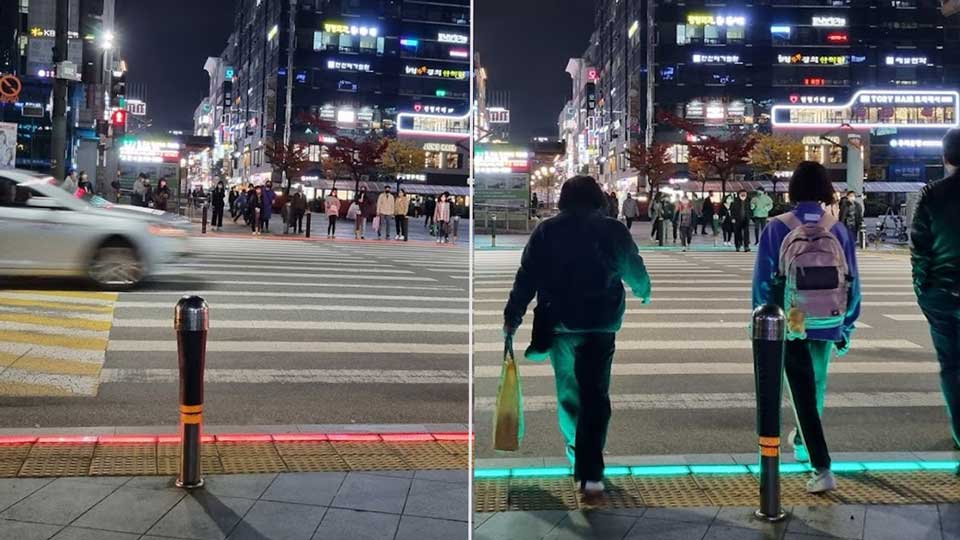
The Chinese city of Chongqing has created a lane specially for pedestrians who want to use their smartphones while they're walking.
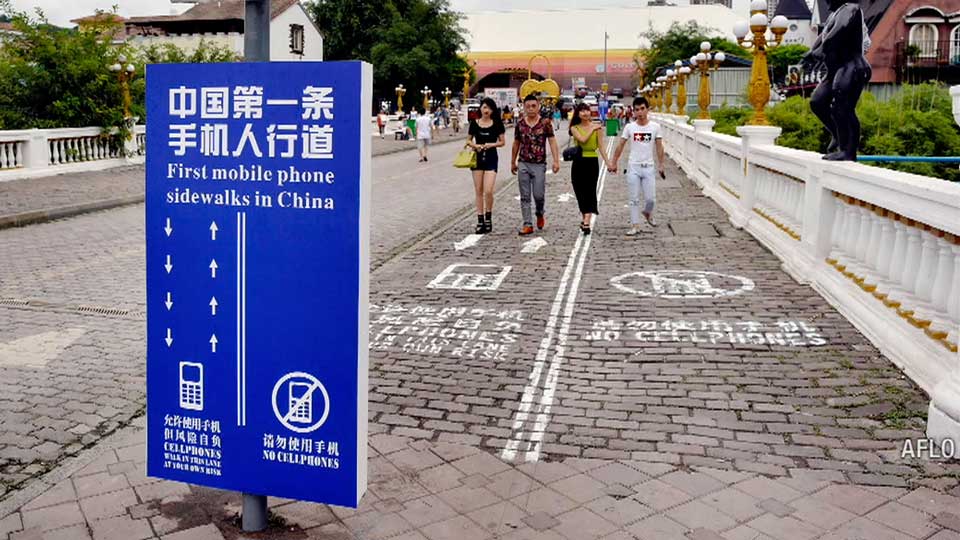
"In Japan at least, it may be enough simply to spell out the risks and appeal to people's sense of duty," Kozuka says. He cites anti-smoking campaigns as an example.
Decades ago, it was common to see people smoking as they walked in public. That began to change when it became clearer how dangerous passive smoking can be.
"The same kind of public pressure could work for smartphone addictions too," Kozuka says.
With a small but growing number of localities introducing bans and campaigning to raise awareness on the issue, Japan may soon find that such pressure reaches critical mass, sparking real and lasting change.
Also watch: The Risks of Using Smartphones while Walking (08:46)
